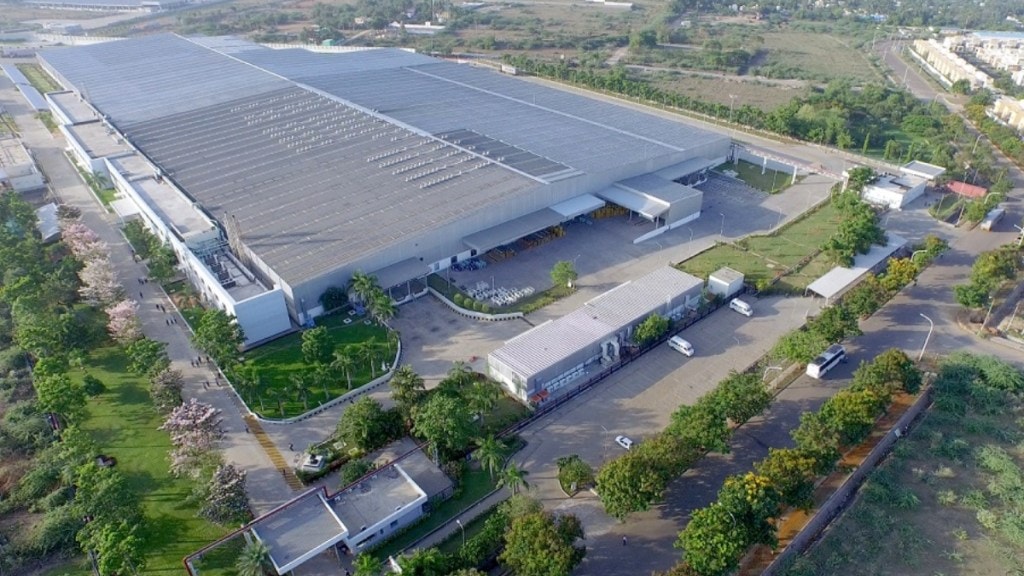Automobile manufacturers would continue to face capacity constraints in the current fiscal year too, as the semiconductor crisis doesn’t seem to be ending anytime soon, analysts said. Manufacturers may have to wait till FY23 to return to their normal production cycle, they added.
As per data from the Society of Indian Automobile Manufacturers (Siam), in February and March, the production of the domestic passenger vehicle industry was about 3,20,000 cars per month. While this is a big jump over 2,80,000-3,00,000 cars produced per month in most of the 2021 calendar year, the challenge is that the production capacity needs to remain at more than 3,20,000 per month for at least the next six months for the situation to normalise, which seems unlikely.
In FY19, the average production of cars per month stood at around 3,35,700 units. With slowdown in demand starting towards the latter part of that year, manufacturers started resorting to production cuts, which saw the average productions per month dropping to 2,86,168 units in FY20. By the time FY21 set in, the pandemic started and a couple of months later chip shortage hit the industry and slowly emerged as a major supply side constraint.
“While steps are being taken towards indigenous production of chips, it will take quite some time for putting up a local supply chain in place,” Som Kapoor, partner, automotive sector, EY India, told FE. His views are echoed by Gaurav Vangaal, associate director, light vehicle forecasting, S&P global mobility, who says that in the current year the supply crunch would continue, leading to further price hikes.
Also Read: Kia EV6 spotted undisguised in Hyderabad: India launch soon?
“The delay in supply fulfilment of parts of passenger vehicles may disrupt the upcoming demand and even the pent-up demand. At the same time, prices of PVs may also rise significantly as commodity prices are rising, and there is a lot of uncertainty in the market due to extraneous factors,” he said.
According to Crisil research, the automobile sector is unlikely to get a respite from the ongoing semiconductor shortage. That’s because Russia and Ukraine produce 75% of the neon gas used to manufacture semiconductors. A protracted strife, and sanctions on Russia, would further curtail semiconductor production, it has said.
